I’ve been on the road in Spain for the past couple weeks, exploring a small corner of Andalusia.
It’s not a magazine trip or anything like that. I just needed to get off the island for a little while. And I’m always scouting out potential locations to use as my next base.
I’ve developed a pretty clear set of criteria when it comes to finding my “ideal” place. And I’ve learned what to avoid — mostly by making mistakes.
But more about that in an upcoming blog…
Today I’d like to share an update from the road. To give you a quick glimpse of what I saw in the beautiful city of Seville.
Seville first came to prominence as an important Roman town called Hispalis. And you can still view some extremely well-preserved ruins beneath that giant mushroom-shaped wooden thing in La Encarnacion square.
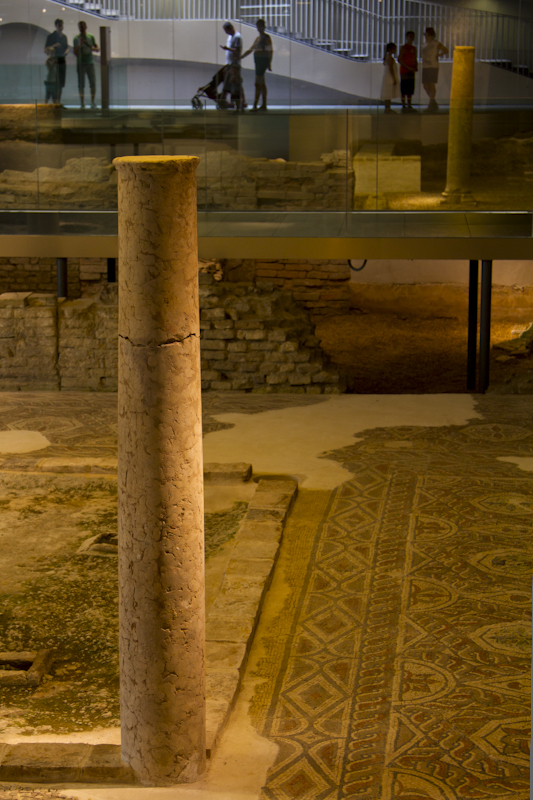
But the city really came into its own after the Muslim conquest of 712 AD.
For those who don’t know, Hispania — a large chunk of what is today Spain and Portugal — was conquered by the Moors, Muslims from North Africa, between 711 and 788 AD.
For several hundred years the region was known as Al-Andalus (from which we get the modern name of Andalucia), and dominated by Muslim rulers. This large corner of Europe was only completely reconquered when the last Muslim stronghold of Granada fell to the Christian armies of Castile and Aragon, led by Isabella and Ferdinand in 1492.
So yeah, back to our story.
Seville became the capital for the kings of the Umayyad Caliphate, and then the Almoravid and Almohad dynasties. And that Islamic influence can still be seen today in the architecture and aesthetics of the city’s greatest buildings.
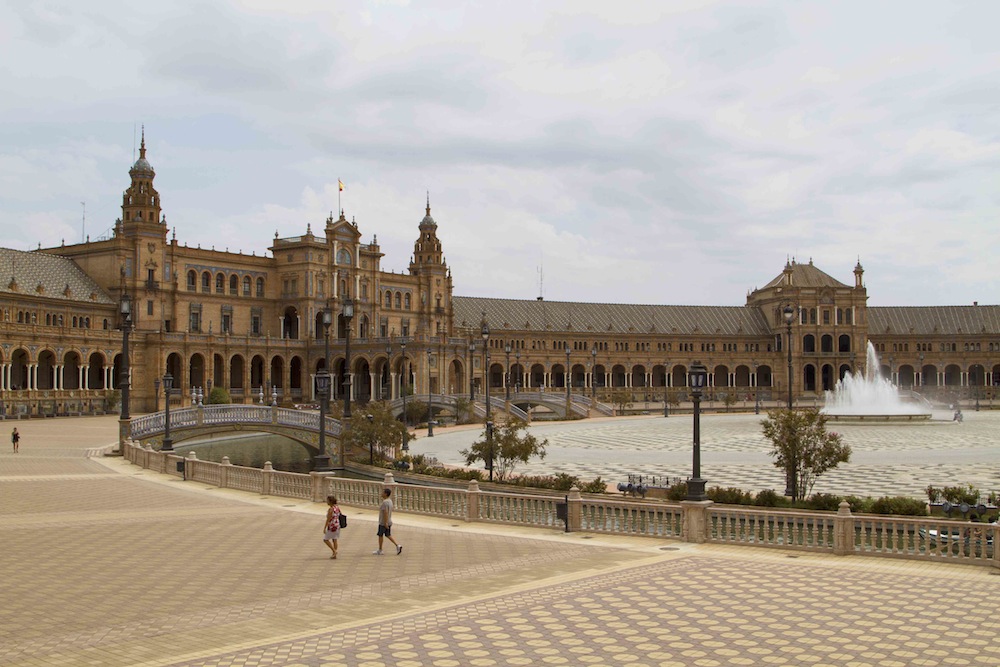
Seville has strong ties to exploration, too. Ferdinand Magellan set out from its river port — the Guadalquivir River is navigable from Seville to the Atlantic 80km away — to complete the first circumnavigation of the globe. And the city continued to be an economic hub with the discovery of the Americas. The General Archive of the Indies is still housed here.
I really liked Seville because the centre is walkable. The entire core, compromising most of the old town, is car-free. And you can easily spend entire days just wandering its narrow Medieval alleys filled with shops and small restaurants.
What’s that? You’re getting tired? Don’t worry. There are all sorts of small bars where you can pop in for a refreshing glass of fino sherry and a plate of iberico ham with olives.
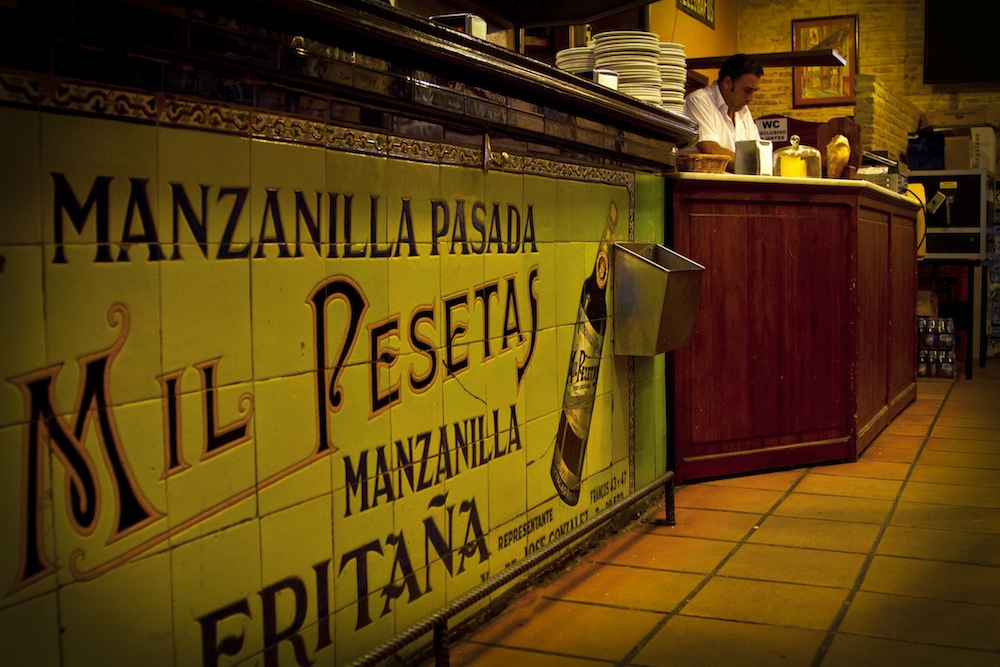
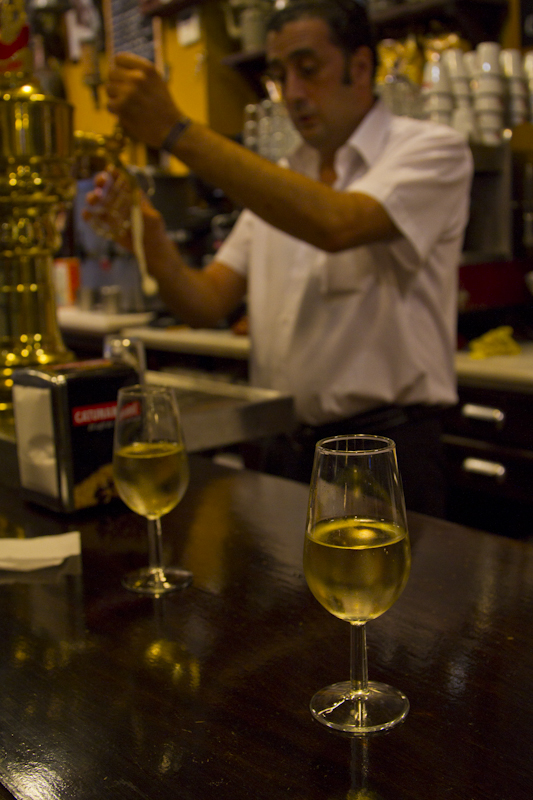
The main cathedral of Seville, completed in 1507 on the grounds of the former mosque, is reputedly the largest Gothic building in the world, and one of the largest cathedrals in Europe. It’s a detailed feast for the eyes from the outside. You could park yourself at a nearby cafe, ideally with a small set of binoculars and a glass of wine, and and spend hours roaming its arches, sculptures and tracery.
The architecture is quite incredible. But the inside just didn’t grab me as much. I guess because the religious stuff comes with so much baggage. And I have so little regard for it, and no respect.
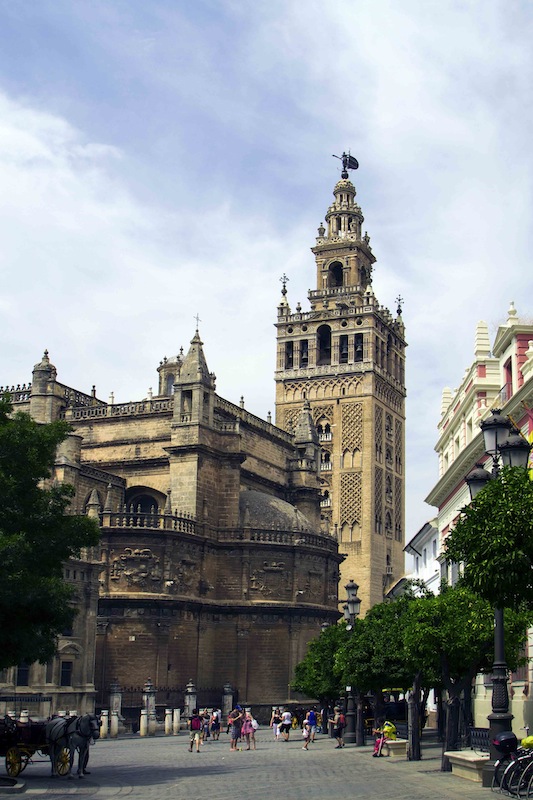
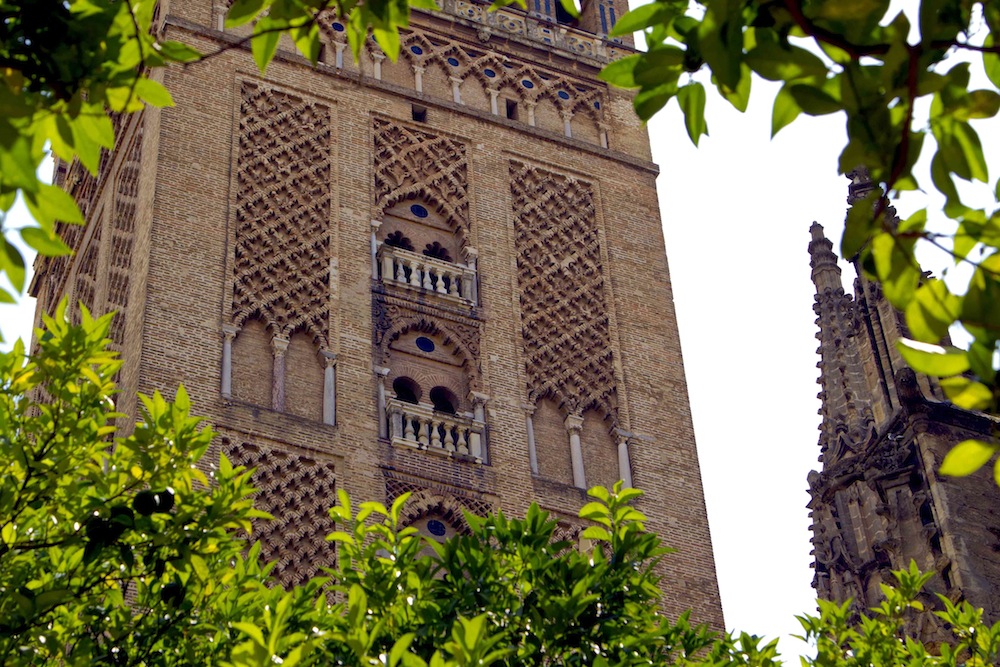
The big highlight of Seville for me was spending a day exploring the Alcazar.
Home to many generations of kings and caliphs over its 11 centuries of existence, this massive palace complex has been rebuilt many times. And it contains more gardens, fountains and hidden corners than I could possibly count.
It’s a beautiful example of mudéjar architecture, and the upper levels still serve as the Spanish royal family’s official residence when in Seville.
I couldn’t possibly do the Alcazar justice without writing a book. And so I’d like to share some photos with you instead.
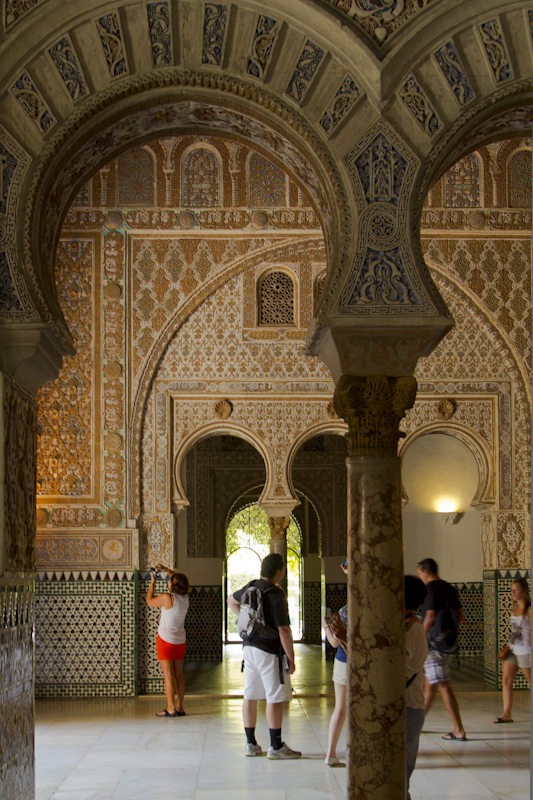
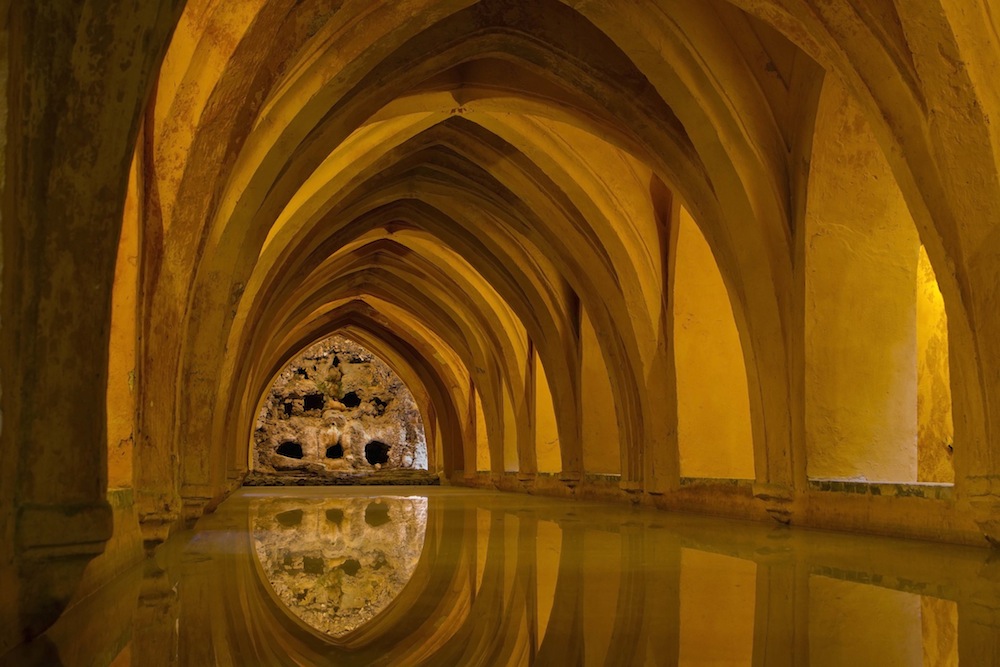
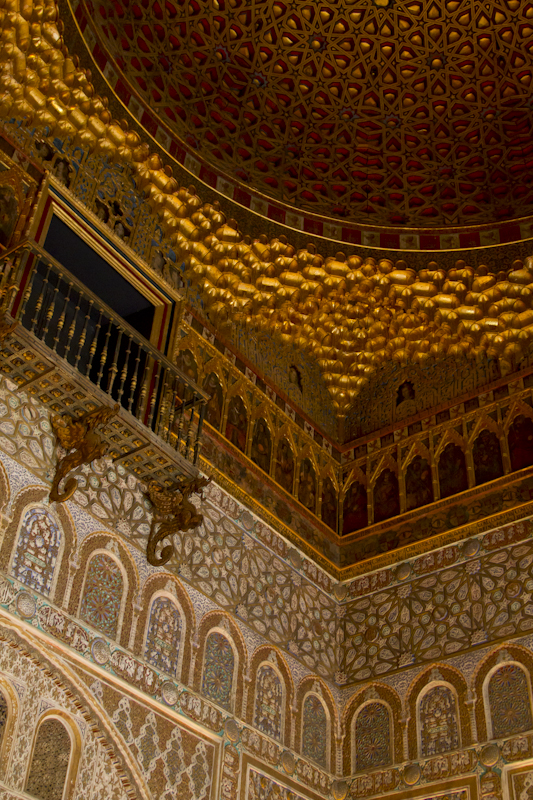
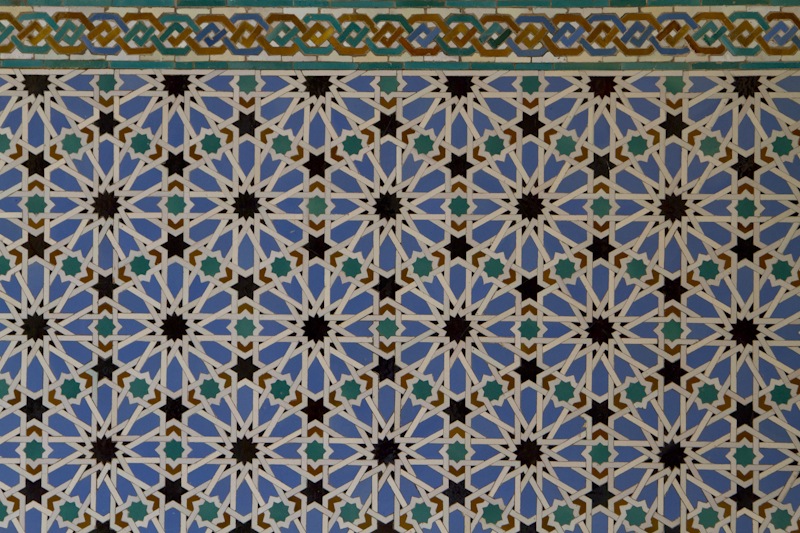
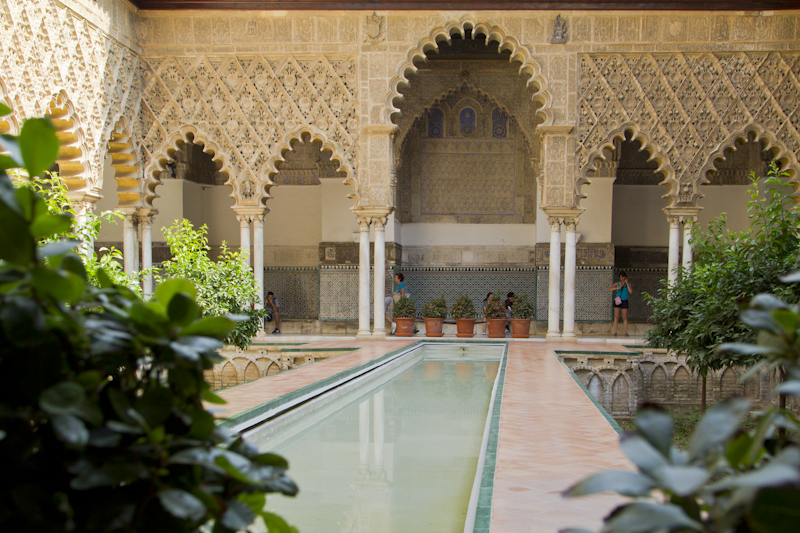
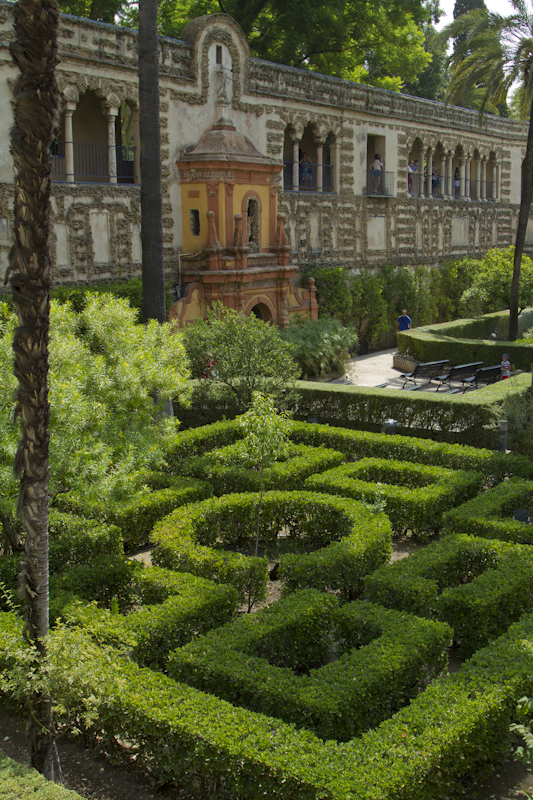
If you’re ever anywhere near this part of Spain, I encourage you to stop by. The Alcazar is one of those places you really must experience in your lifetime.
And you’ll love wandering Seville’s busy alleys at night, sipping a nice Rioja wine and nibbling tapas into the early hours of the morning.
